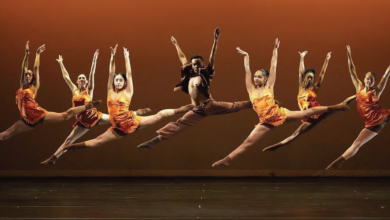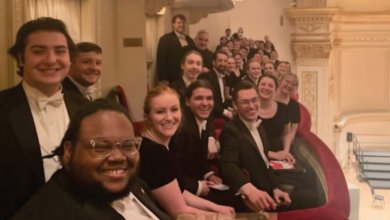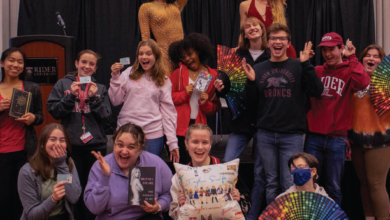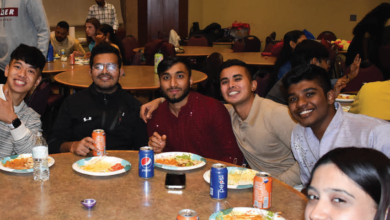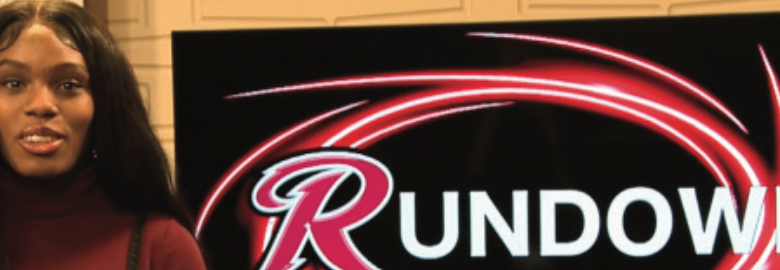
Broadcast News Practicum returns this fall
By Tristan Leach
The news anchor shuffles the papers they’re holding. The lights over the camera go dim, and the cameras start rolling. Another news episode is beginning to film.
This semester saw the return of the class Broadcast News Practicum. The course is meant to teach broadcast journalism students how to be news reporters and how to operate behind the camera.
Scott Alboum, video technologies coordinator for the College of Liberal Arts and Sciences, teaches the class and other video production courses.
“It’s a class where students in the class have taken some production classes before,and in this class, we’ve come together to do a news show. The news show is a news magazine style show,” said Alboum.
The show is produced by the students and Alboum and teaches students how a show like “Entertainment Tonight” is put together. Each show features a news anchor behind a desk who presents the stories from the field, in this case, events, news and sports at Rider.
Junior broadcast journalism major Danielle Tyson said, “I chose to take this class because I took the first version of it. It was online though; it was the peak of COVID. I didn’t get the full experience that I wanted.”
The class returns based on where it fits into the curriculum; it has been a while since the class has been available to those interested in it. Many students expressed interest in the class when it was announced this past semester. They were specifically interested in what it could teach them when it comes to news and production.
“News on the college level, in terms of production that students can do in a studio setting, is pretty easy. In terms of having them go out and cover stories, go out to events, interview faculty members and having our studio set up like a news studio, the backbone for college news is there,” said Alboum.
Along with the aspect of reporting and going out into the field comes the production of the show. Students work as production assistants on the set, from running sounds, to the cameras and the editing process after the show is filmed. The class is a hands-on experience.
Tyson said, “I love that everything is hands-on and we all get to do different jobs. There’s editors, the anchor and we all get to explore and find stories.”
Ultimately the students in this semester’s class will film seven episodes that are eventually uploaded to YouTube; longer episodes are put out in parts. Unlike other news outlets at Rider, the content is not released until at least two weeks after filming. However, this does not keep the students from working hard and putting their all into the class.
Alboum said, “We’re simulating what that news magazine environment would be, and we put something out that is pretty solid. We don’t have the audience like The Rider News does. Traditionally we were just on this cable channel on campus that no one could see unless they had cable in the dorms. But it’s more about the experience; it’s less about delivering the news to an audience.”
The class gained interest among students in communications, journalism and sports media. Students in the class smile happily when talking about it and how prepared they feel for their future in broadcasting.
Tyson said, “I think it’s gonna be a really big help to my future because it doesn’t only teach you how to work in front of the camera, but it also teaches you how to work behind the camera and all the editing skills you learn from it too.”
